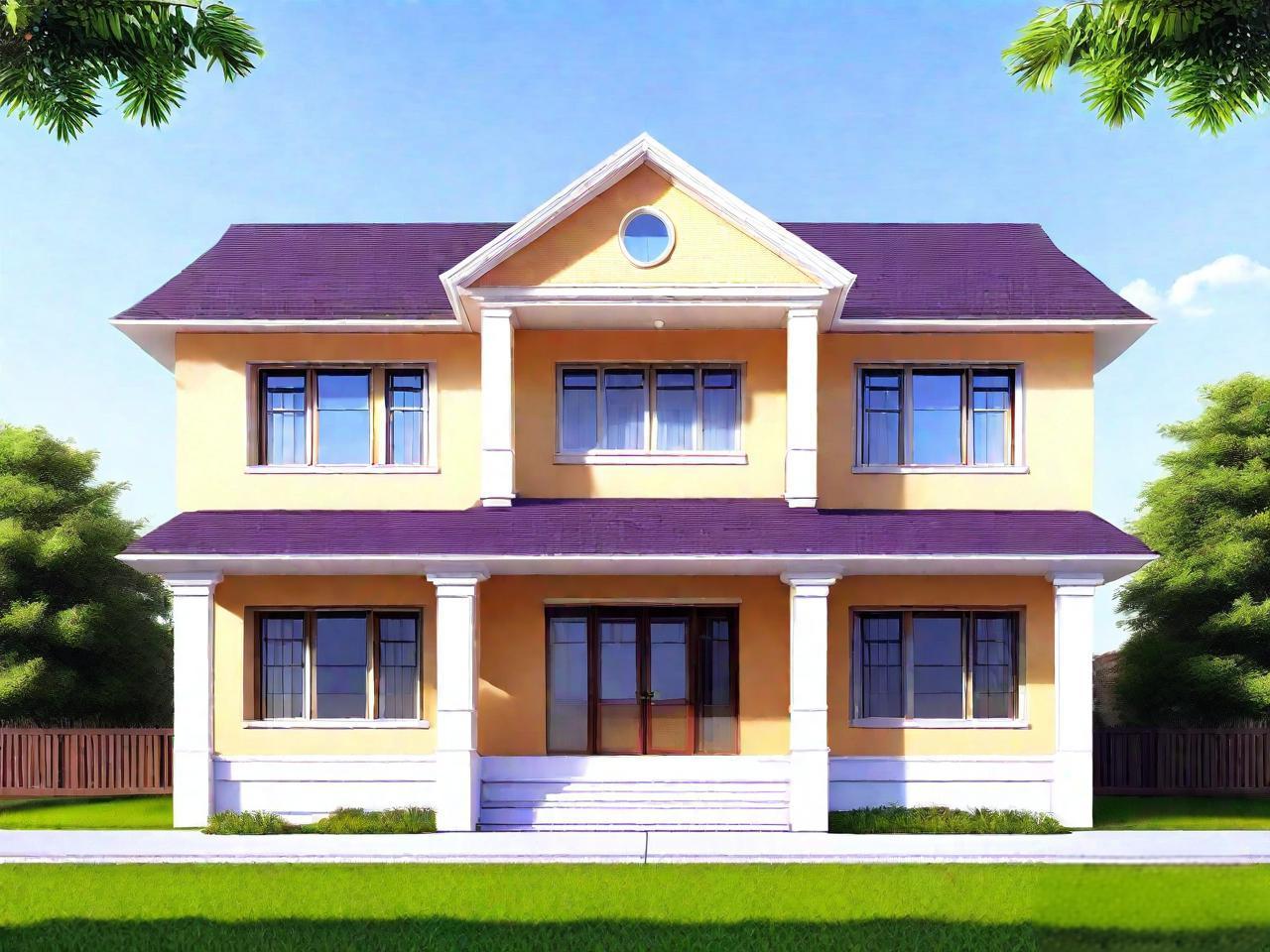With the development of modern construction technology, steel-structure villas have become a popular building model worldwide. This construction method is not only lightweight and durable but also allows for flexible design based on specific needs. So, is Myanmar, a tropical country with a humid and high-rainfall climate, suitable for steel-structure villas? This article will analyze the suitability of steel structures in Myanmar from the perspectives of climate adaptation, material properties, construction advantages, and economic benefits, providing a reference for steel-structure buildings in Myanmar.

1. Adaptability of Steel-Structure Villas to Myanmar’s Climate
Myanmar lies in a tropical monsoon climate zone, with high temperatures and humidity throughout the year, especially during the rainy season when precipitation is abundant. In this climate, the durability and waterproofing of buildings are particularly important. Steel-structure villas offer several advantages in this regard:
•Excellent Moisture Resistance: Steel as a material does not absorb water, making it less susceptible to moisture compared to traditional wood or brick structures. With appropriate anti-corrosion treatments (such as galvanization) and sealing designs, steel structures can effectively resist the erosion caused by humid climates.
•Superior Earthquake and Wind Resistance: Parts of Myanmar are located in seismic zones, and the country is also affected by tropical cyclones with strong winds. Steel structures have high strength and flexibility, making them ideal for coping with earthquakes and typhoons. The lightweight nature of steel buildings reduces the inertia force during earthquakes, thereby lowering the risk of structural damage.
2. Economic Benefits of Steel-Structure Villas in Myanmar
As a developing country, Myanmar’s residents have limited income levels, but with economic growth, their demand for improved housing conditions is increasing. The cost-effectiveness of steel-structure villas aligns well with these needs:
•Short Construction Period, Lower Costs: Steel-structure buildings use prefabricated designs that allow for rapid assembly, significantly reducing construction time compared to traditional building methods. This quick construction advantage is particularly beneficial during the rainy season, as it minimizes delays caused by prolonged exposure to a humid environment.
•Lower Maintenance Costs: Steel structures are durable and require less maintenance, making them suitable for areas with humid climates where buildings are more prone to damage. Compared to traditional brick structures, steel structures demand far less maintenance over time, resulting in substantial cost savings.
3. Environmental and Sustainability Advantages of Steel-Structure Villas
Steel-structure villas are not only well-suited to Myanmar’s climate but also offer environmental benefits. As global awareness of environmental protection increases, Myanmar is also paying attention to the environmental impact of building processes. Steel structures stand out in terms of eco-friendliness:
•Material Recyclability: Steel is fully recyclable, aligning with sustainable development principles. Unlike traditional building materials, steel structures leave no environmental burden upon demolition, helping Myanmar achieve its green building goals.
•Energy Efficiency: Steel structures have good insulation properties, and with appropriate thermal insulation designs, they can effectively reduce indoor cooling and heating energy consumption. This is especially beneficial in Myanmar, where high temperatures are common throughout the year, helping to reduce air conditioning usage and save energy.
4. Flexibility and Aesthetic Appeal of Steel-Structure Villas in Myanmar
Steel-structure villas offer great design flexibility and can be customized according to the needs of residents. In Myanmar, a country with a rich cultural heritage, combining modern steel-structure designs with traditional architectural styles can create unique building aesthetics. Whether designed with Southeast Asian-inspired courtyard features or modern minimalist styles, steel structures are highly adaptable.
•High Space Utilization: Steel-structure buildings use load-bearing steel frames, resulting in thinner walls and higher space utilization, which is ideal for Myanmar families seeking spacious and comfortable living areas.
•Variety of Exterior Designs: Steel-structure villas can not only support diverse exterior designs but also accommodate various decorative materials, meeting Myanmar residents' aesthetic preferences.
5. Future Outlook for Steel-Structure Villas in Myanmar
Overall, steel-structure villas are well-suited to Myanmar’s tropical climate. They are not only adaptable to the climate but also economically viable and eco-friendly, meeting the future demands of urban development and housing quality in Myanmar. As building technology progresses and steel-structure villas gradually become more popular in Myanmar, more residents will be able to enjoy the benefits of economical, eco-friendly, comfortable, and durable housing.
As Myanmar continues to develop, steel-structure villas are likely to become a new trend in residential construction. Whether in urban or rural areas, steel-structure villas offer an efficient, cost-effective, and environmentally friendly option, providing higher-quality living environments for Myanmar residents.